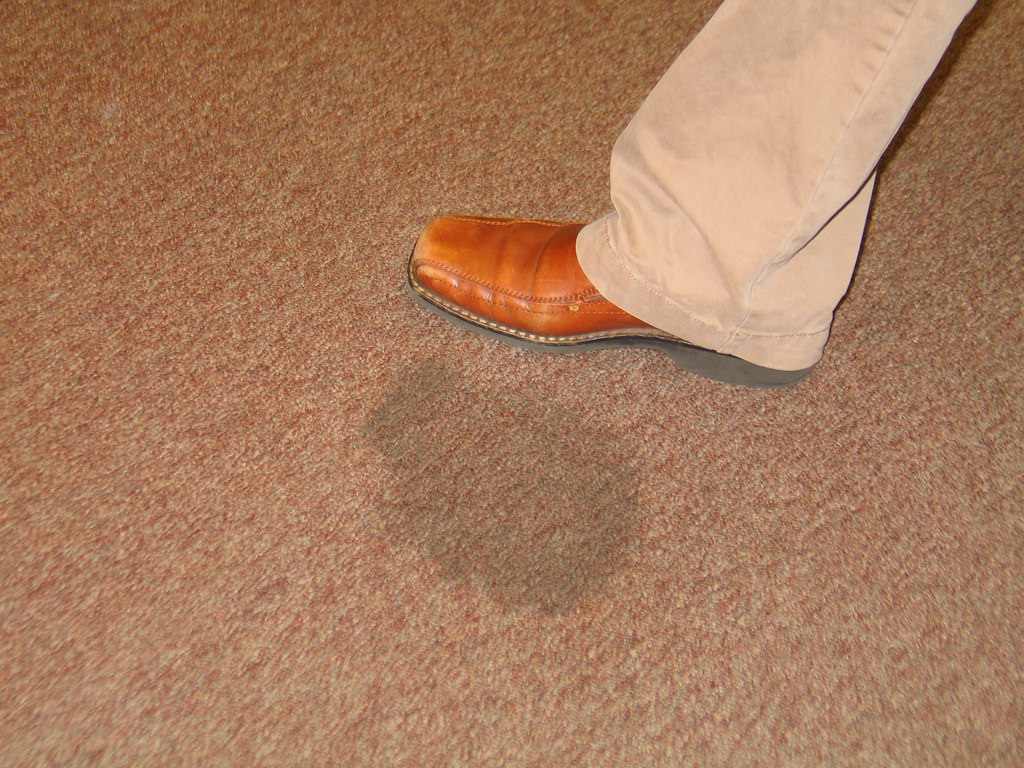Spot Clean Your Carpet to Save Time, Money and Hassle

The key to treating carpet spots and stains is to act quickly—the longer you wait, the higher the probability that a spill will become a permanent stain. Large stains should always be handled by a professional, but to effectively deal with minor spots and stains, consider the following tips:
Absorb
- Blot liquids with a dry, absorbent cloth or plain paper towels (printed or colored material may transfer ink or dye to your damp carpet). Continue until the area is barely damp.
- Start at the outside of the spot and continue toward the center to prevent the stain from spreading. Semi-solid spills, like food, may need to be scooped up with a spoon. Solid, dried bits can be vacuumed. Don’t scrub or use a brush—it can fray the carpet and change the texture.
Treat
- Use a carpet cleaning product that has a seal of approval from the Carpet and Rug Institute (CRI). Though these products have been laboratory tested, you should still pre-test any cleaner on an extra scrap of carpet or a hidden area of your own carpet.
- Apply a small amount of the cleaner to a white cloth and gently work from the edges to the center. Blot, don’t scrub, and never use a brush. You may need to repeat this step several times to completely remove the spot.
- Don’t be overzealous—mix the cleaning solution according to the directions. Don’t use too much water; try to keep the carpet as dry as possible.
If you don’t have a CRI-approved carpet cleaner, you can try using one of the following homemade remedies:
Detergent solution
Mix 1/4 teaspoon of clear dishwashing liquid (non-bleach, non-lanolin) with one cup of warm water. Never use laundry detergent; it may contain bleach or simply be too harsh for the carpet.
White vinegar solution
Mix one cup of white vinegar (not red wine or cider) with one cup of water. At five percent acetic acid, white vinegar can be very effective on tannins (weak vegetable dyes found in tea and coffee) and leaves no residue. Use caution, though: Acids can set some dye stains.
Use Diamond Certified Resource to find top rated companies.
Local, Top Rated Diamond Certified Companies Related to Your Topic
Santa Clara County Carpet Cleaners
Marin County Carpet Cleaners
Contra Costa County Carpet Cleaners
Solano County Carpet Cleaners
Sonoma County Carpet Cleaners
Related Articles
The Homeowner's Guide to Flooring
Get Expert Advice From Owners of Top Rated Local Companies
Become a Diamond Certified Preferred Member (Always Free)